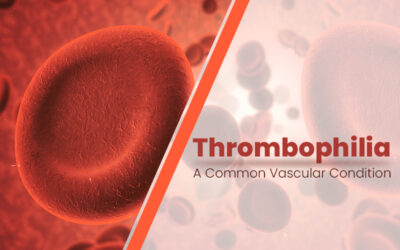Keeping the patients engaged and loyal has become important to the long-term financial viability of a healthcare practice. The new health plans have increase the patient’s financial responsibility and they need to be well-informed about their healthcare options. They also have higher expectations about the quality of care. Better patient engagement can reduce the costs of healthcare, improve outcomes, and benefit your practice’s revenue cycle.
Strategies to Boost Patient Engagement
There are many ways to engage patients and provide improved service to boost practice revenue:
-
- Patient Education – This is a vital patient engagement strategy. It is important that they are well-informed about their plan’s preventative opportunities, network choices, coverage, and medical billing strategies. Providing them with access to such information will make healthcare more patient-centered, and thereby, more value-based. Empowering patients and their families will ensure better adherence to treatment plans and prevent readmissions and complications which can end up costing your healthcare practice more money or cause payment delays if the costs are not covered by their plan. Provide them with information in a clear, accessible format through an online portal or by sending email newsletters to help them understand their health conditions better and ensure that they follow the treatment plan.
- Improved Access to Care – It’s crucial that patients can access the care system quickly and well. Whether an existing patient who needs nursing services or a new patient who needs a physician referral and appointment, effective communication is the key to quicker and seamless access to care. A well-designed appointment system can help deliver timely and convenient access to medical services, and enhance patient satisfaction and physician efficiency. Phone calls, video chat, and online meetings will be ways patients and providers will engage for virtual doctor appointments. Experimenting with telemedicine options for the elderly is another choice. Patient portals could facilitate email and other electronic format communication in a secure and compliant way, which would benefit both the provider and the patient alike. Using medical mobile applications to deliver information at the right time can also improve patient satisfaction.
- Introduction of Electronic Forms – Wait time complaints because of the need to fill up of pre-appointment forms is a major issue. If the patient can electronically receive and fill out the necessary forms before their appointment, wait times could be eliminated to some extent. Introducing electronic check-in processes allows immediate collection of co-pays and outstanding balances.
- Healthcare Kiosks – Kiosks offer self-service abilities that help to reduce data entry, delays in the waiting room and ensure accuracy of the information. Patients can use them to view their billing statements. They also provide a quick way to inform patients of their balance and co-pay and can even collect the amount due prior to the visit.
Patient engagement can definitely drive down operating costs and promote better revenue cycle management.




